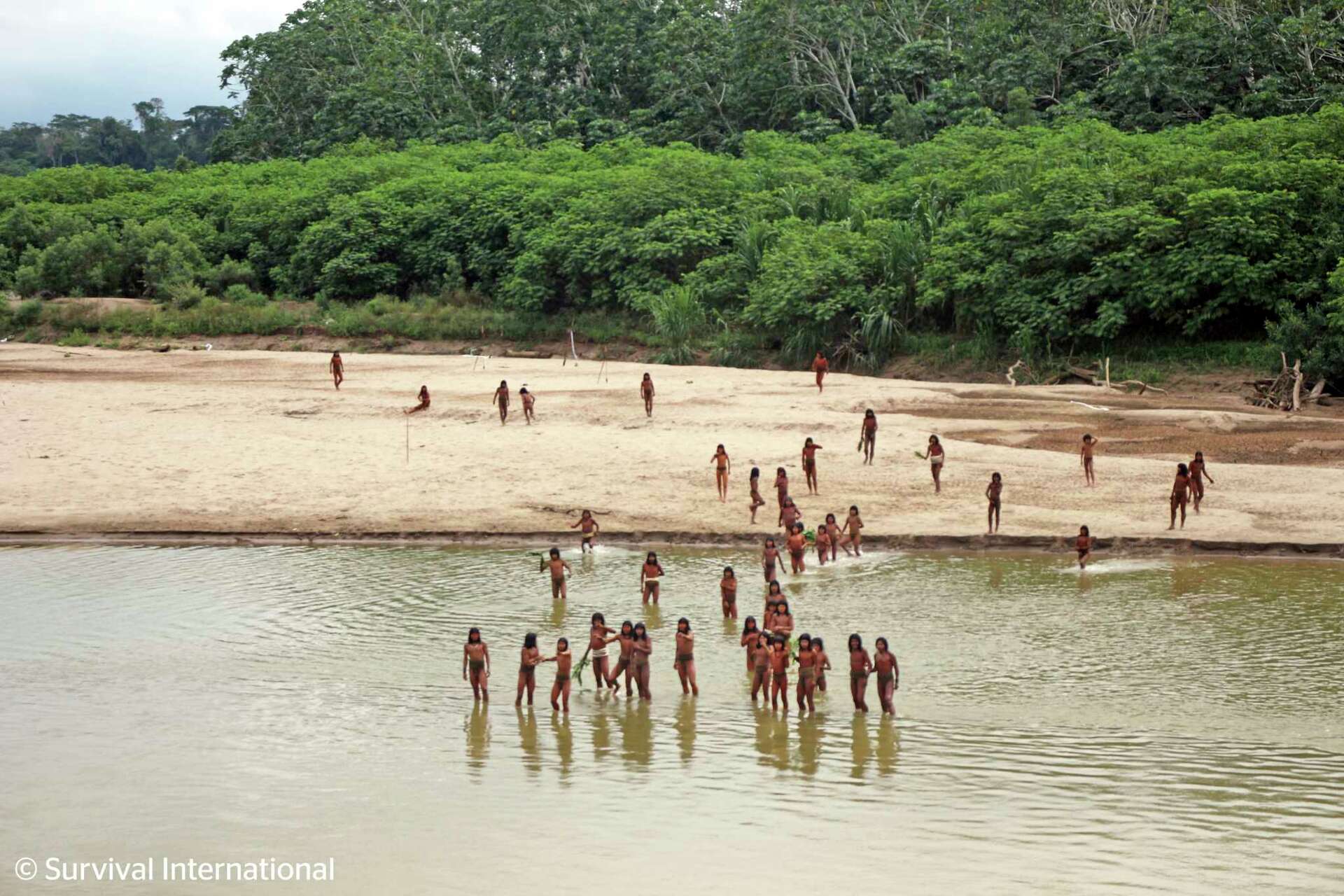
Peru nixes plan for Yavarí Mirim indigenous reserve
Officials in Peru voted against a proposal to create an indigenous reserve in the country’s Amazon rainforest, where isolated tribes face threats from logging, mining and drug trafficking. The decision will likely delay efforts to protect them by several years and could lead to their displacement, critics said. The proposed Yavarí Mirim Indigenous Reserve would have protected 1.17 million hectares (2.9 million acres) of rainforest in Loreto region, an area a fifth the size of Ireland that’s home to several indigenous communities living in isolation. A commission reviewed anthropological evidence of the communities’ presence in the area but voted in line with the interests of business sectors and logging concessions. (Photo: Pieritograbriel via Wikimedia Commons)













